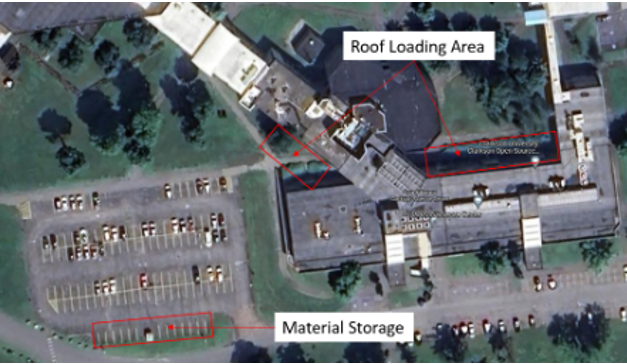“Electrodeposition of Metal Alloy Carbon Composites”
Arash Bahrololoomi
Abstract:
Pyocyanin (PYO) is a metabolite of the Pseudomonas aeruginosa, a gram-negative bacterium, associated with disease in humans responsible for chronic infection in people with cystic fibrosis and in burn patients; thus its detection is very important to human health. Electrodeposited nickel-iron nanoclusters and nickel-iron-graphene oxide onto a glassy carbo electrode was fabricated to enhance the capacitance of the double layer as a result of adsorption and surface interactions of the organic molecules at the composite electrode. The capacitance of electrode/electrolyte interface was characterized with electrochemical impedance spectroscopy (EIS) in a phosphate buffer solution (PBS) containing various PYO concentrations. The RsC parameters determined from EIS equivalent circuit models for the interfacial region of the Ni–Fe/glassy carbon electrode with an aqueous electrolyte containing PYO had a larger signal as the analyte concentration decreased, in contrast to conventional voltammetry techniques. The electrode fabricated with graphene oxide in the electrolyte increased the RsC value at PYO concentrations less than 1μM.
Since the presence of the graphene oxide during the electrodeposition of Ni-Fe provided the most sensitivity for PYO detection, the influence of graphene oxide on deposition was studied. Graphene platelets can impart unique properties to metal matrices, such as enhanced conductivity and catalytic activity. Graphene itself is difficult to disperse and incorporate into electrodeposited films, but the oxidized form, having abundant surface functional groups, can be readily dispersed into aqueous solutions. In alloy electrodeposition, the particle in the electrolyte may also alter the deposit composition through disparate changes in the individual metal ion partial current densities. Ni–Fe and Ni–Fe–graphene oxide electrodeposits were galvanostatically prepared using an electrolyte containing Ni and Fe salts with boric acid at a pH of 2, onto a rotating copper cylinder electrode. The composition was measured by x-ray florescence (XRF) and the surface morphology characterized by scanning electron microscopy (SEM). It is known that displacement reactions can occur, and composites were obtained at pH 3. By maintaining the pH at 2 without ammonia, very little to no GO was codeposited with the alloy, making this a unique environment to study the influence of the GO on alloy morphology. The deposit contained more Ni in the presence of graphene oxide. The partial current densities of Ni, Fe and the side reaction were determined in order to explain the change of composition as governed by the codeposition mechanism.
Location: CAMP 372
Date: May 6, 2024 (Monday)
Time: 2:00 PM
Zoom link: https://clarkson.zoom.us/j/93021975795
Advisor: Dr. Podlaha-Murphy
Committee members: Dr. Sitaraman Krishnan, Dr. Ian McCrum, Dr. Jihoon Seo, Dr. Goodarz Ahmadi



